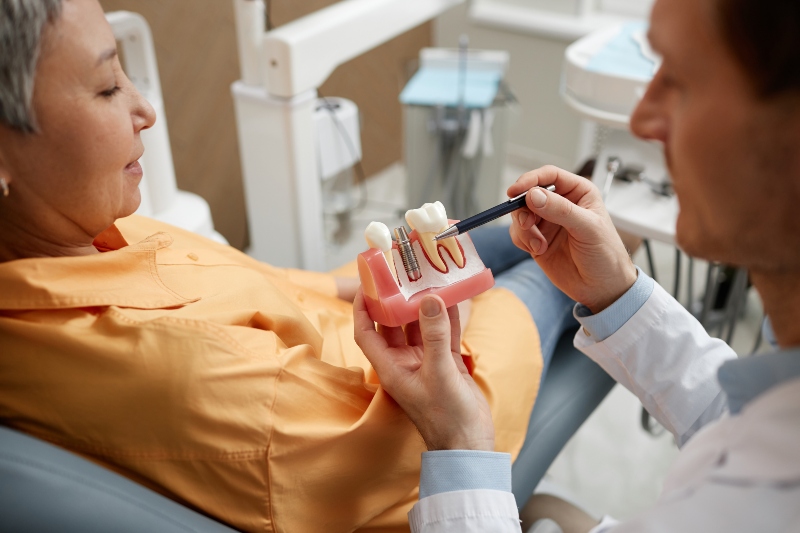Enhancing Comfort and Safety: The Tooth Implant Procedure with IV Sedation
Introduction
In the realm of dental procedures, tooth implantation stands out as a transformative solution for restoring a natural smile and optimal oral function. However, for many individuals, the prospect of undergoing such a procedure can evoke feelings of anxiety and apprehension. To address these concerns and ensure a comfortable experience, dental professionals often employ Intravenous (IV) sedation, a method that not only enhances patient comfort but also promotes safety during the tooth implant procedure.
Understanding the Tooth Implant Procedure
Before delving into the benefits of IV sedation, it’s crucial to grasp the fundamentals of the tooth implant procedure. Dental implants involve the surgical placement of artificial tooth roots into the jawbone, serving as a sturdy foundation for replacement teeth. This process typically unfolds over several stages, including initial consultation, implant placement, osseointegration (the fusion of implants with the jawbone), and attachment of prosthetic teeth.
The Role of IV Sedation
While the tooth implant procedure is known for its effectiveness, it can be daunting for individuals with dental phobia or those undergoing complex treatments. Here, IV sedation emerges as a valuable tool, offering profound relaxation and anxiety reduction throughout the process. Administered intravenously, sedative medications induce a state of deep relaxation, often leading to partial or complete memory loss of the procedure.
Benefits of IV Sedation in Tooth Implantation
- Anxiety Reduction: One of the primary benefits of IV sedation is its ability to alleviate preoperative anxiety. By inducing a calm and tranquil state, patients can approach the procedure with greater ease, mitigating the psychological barriers often associated with dental treatments.
- Enhanced Comfort: Dental implant surgery involves invasive techniques that may cause discomfort or pain. IV sedation, however, ensures that patients remain comfortable and virtually pain-free throughout the procedure. This promotes a positive treatment experience and facilitates smoother recovery post-surgery.
- Increased Cooperation: Patients undergoing dental implantation must remain still and cooperative during the surgical process. IV sedation promotes optimal cooperation by relaxing muscles and minimizing involuntary movements, allowing the dental team to work with precision and efficiency.
- Time Efficiency: By inducing a relaxed state, IV sedation enables dental professionals to perform the procedure more efficiently. With reduced patient apprehension and enhanced cooperation, the surgical process can proceed smoothly, potentially shortening the overall duration of the appointment.
- Memory Suppression: For individuals with dental phobia or anxiety, the fear of undergoing treatment can be overwhelming. IV sedation offers a unique advantage by inducing partial or complete memory loss of the procedure, allowing patients to undergo treatment without retaining distressing memories.
Safety Considerations
While IV sedation offers numerous benefits, ensuring patient safety remains paramount. Dental practitioners administering IV sedation undergo specialized training and certification to monitor patients’ vital signs and adjust sedative levels accordingly. Additionally, thorough patient evaluation and medical history assessment are conducted to identify any potential contraindications or risks associated with sedation.
Conclusion
The tooth implant procedure, although highly effective, can provoke anxiety and discomfort in some individuals. IV sedation serves as a valuable adjunct, offering profound relaxation, pain relief, and anxiety reduction throughout the treatment process. By enhancing patient comfort and promoting safety, IV sedation plays a pivotal role in ensuring a positive dental experience and successful outcomes in tooth implantation. As dental technology continues to advance, the integration of sedation techniques like IV sedation underscores a commitment to patient-centered care and optimal treatment outcomes.






